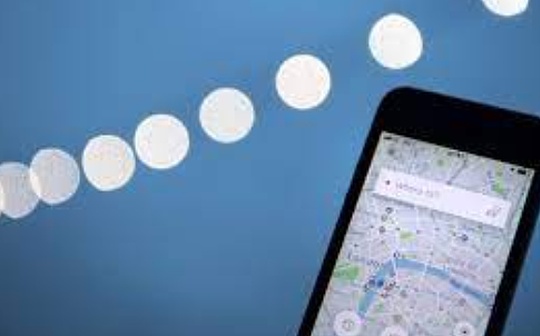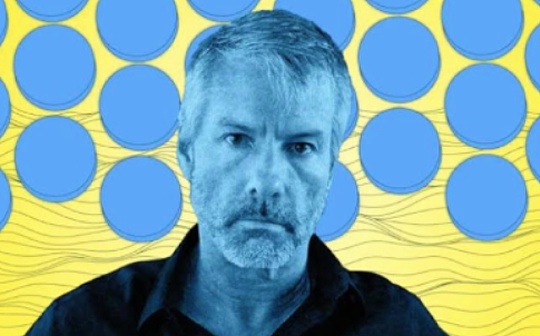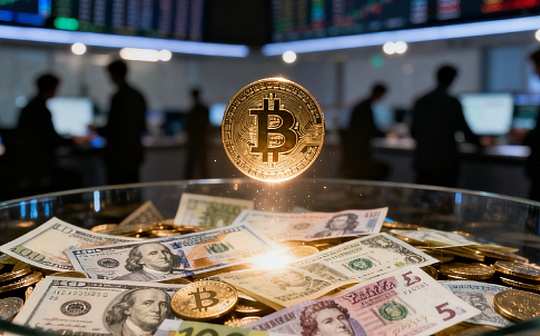
Author: Karim Halabi, Outlier Ventures token design and token economics team; Translation: 0xxz@作 作 作 作 作 作 作 作
We may all be familiar with Uber, it is a network of buying and selling car services.Companies that develop and maintain the network play a vital role.To play this role, this centralized entity can get a lot of rent from the network.
Does this make sense?Of course; if there is no effort and investment in this entity, the network will not be so popular.What if there is a way to expand the network without the lease of the intermediate person?Leave more value to be obtained by network participants.This is where the encrypted network plays a role.
Encrypted network entry
In essence, the encrypted economic network is a two -way market … just like Uber.L1 is the market for block space. Decentralized digital resource networks (also known as DEPIN: decentralized physical infrastructure network) are markets such as calculation or storage.
There may also be bilateral markets in the application layer -the data alliance is the data market, and DEX is a liquidity market.
What is the difference between unilateral and bilateral markets?In the former market, you can be a consumer of value or a producer of value, but you cannot have both.An example is AWS, where you are either consumers (consumers) who calculate and store resources or Amazon (producer).These different types of markets are also called “pipelines and platforms”.
In bilateral markets, any participant can play any role.In the decentralized computing market, anyone can join the network as a value producer (node operator) or value consumers (calculating providers) or value consumers (computing providers) into the network.
Crypto technology enables us to create bilateral markets more easily and allow them to exist in a decentralized (or more distributed) manner.This shows that these markets can achieve excellent unit economic benefits and can operate in the form of anti -censorship.
The encrypted network is a self -organized bilateral market and has its own economic policy.
What are the daily bilateral markets?
EBAY is a very intuitive example -it is an online market, anyone can list the products to be sold, and anyone else can buy it.It is bilateral because you can list or buy.If you are willing, you can do it at the same time.
YouTube is another market we use every day.Anyone can contribute content, and anyone else can consume the value.In order to provide this platform, Youtube will of course charge a certain fee -it makes money by selling such attention from those who seeks advertising space.Some of them shared with top creators, but they are usually not enough to prevent them from exploring other profitable channels.
The difference between these markets and encrypted networks is that a centralized agency needs to coordinate all the stakeholders in these networks.They play a vital role, for which they charge high fees.In addition, history shows that the monarch’s absolute power is not always a good thing (although it is relatively good in some cases!)
However, if we have a way to coordinate people without the monarch?This is what cryptocurrency brings to the world.The encrypted network adjusts the incentive measures of different stakeholders, so that they can unite around the incentives (earn more money).
What will the encrypted version of Uber look like?
This is a ideological experiment to help us think about and understand how the encrypted network operates from the perspective of advanced economics, and how they adjust incentives without the central issue order, and obtain huge value from the network.
First, let’s define the role in the network:
-
driver
-
passenger
-
Dispute resolved (when a driver and passengers have a dispute, who is the arbitrator of justice?)
driver
How do you become a driver now?Well, of course, a car is needed.After that, how can we ensure that they can be carried by strangers trust everywhere?What if they do not have a driving license?What if their cars are not suitable for on the road?
Usually, encrypted networks like to allow value manufacturers to provide some funds as mortgages to ensure their good behavior.In this example, the driver must mortgage some tokens, such as $ 100 Uber tokens. If they find that they are bad drivers, these tokens may be punished.
But how can we find that they are bad drivers?Perhaps the sufficient mechanism here may be that more than 20% of passengers score them into 4 stars or less, or they receive 5 1 stars at 20 passengers’ evaluation.
In the digital environment, it is much easier to punish the stakeholders, because you can easily verify your interaction and be more challenging at the physical level.
passenger
Anyone can be a rider.In order to ensure their own politeness and good behavior, we can also let them mortgage some Uber tokens.However, we don’t need to set the threshold as high as the driver needs, because the risk of making bad drivers driving a bad car is higher.
When downloading the encrypted Uber application, passengers must invest at $ 10 Uber tokens to start a car and pay the full cost to the driver with USDC.
Because there is no middleman who collects a lot of rent here, the driver’s income may be higher, or the cost of passengers may be lower.Or at the same time!
There is another problem here; what happens when there is a dispute between passengers and drivers?What will happen when who will resolve these disputes when the “He Said She Said” occurs?
Dispute solution
There are dispute solutions in all markets, but if we want things to operate in a “decentralization” manner, it is another matter.If there is no centralized party as the truth arbitrator -how can we motivate network participants to play this role?
We can draw inspiration from the mechanism used by Kleros Court. Among them, a batch of token pledgers are randomly selected as jurors to resolve specific disputes.
Each jury will receive the relevant information of the case and vote to support one of them.After all jurors voted, the results were announced.Therefore, the winner of the controversial between passengers and drivers is the party who gets a majority of votes (the number of jurors must be odd).
The tokens of a small number of jurors (defeated) will be punished, and these confiscated tokens will be rewarded to most voters.This has created a mechanism that inspired jurors to vote for the content that they think other jurors will vote.This has created a Xie Lin point that creates a subject that can reach a subjective consensus.
Anyone in passengers or drivers can be sentenced to guilty. After obtaining the results, he was punished accordingly and rewarded tos to the offended party.

What about governance?
If there is no centralized agency, who will make a decision on the Internet?Who decides and how to adjust the algorithm?Or how many tokens must be pledged to participate in the network?Or even the token Uber’s monetary policy?
Of course it is Uber Dao!How can we play a role?
Many DAOs adopt a “1st generation currency = 1 vote” system, but in fact this is not proven to be very useful, and most of the time can only lead to oligopoly monopoly.On the contrary, we can grant the right to the interests of the Internet active users, rather than the stakeholders who have a lot of funds but are not consistent in other aspects.
One way to achieve this goal is to award certain “badges” (NFT) from senior users.For example:

The numbers given above are arbitrary. In practice, more fine standards must be used.Please note that one side can play multiple roles in the Internet!And at the same time hold multiple badges to increase their voting rights (for example, passengers can also become jurors).
In addition, these vouchers may also affect the algorithm of the ride and eliminate preferences for those related to trusted and reliable interests.
Value capture
With the more and more downloads of the encryption super applications, the number of users is increasing, and more and more people must buy and pledge the tokens, so that they will no longer circulate.Therefore, the more the Internet develops, the more successful it is, the greater the value of Uber token.
This has achieved two main goals:
-
If people believe that the network is solving the actual problems and the value will increase, they encourage them to join the network as soon as possible
-
Coordinate the incentives of those related to the stakeholders and ensure that they act in a positive way, so that the value of Uber tokens will increase, and it will not lose these tokens due to improper behavior.
-
As drivers/passengers need to buy and pledge tokens, the user experience is worse
-
Internet participants are affected by the fact that they have lost money because they are not punished
-
Decentralization may be a disadvantage, especially when the network tries to expand
-
Until non -mature abstract services for eliminating the complexity of these networks
in conclusion
The benefits here are mainly to obtain greater value for network participants (assume that economic design is good) and users’ ownership of the network.
But there are shortcomings:
This article aims to emphasize what is an encrypted network as an experiment.
They are self -organized systems. Related stakeholders do not have to understand or trust each other to achieve consistency.In order to explore how it operates, we apply these encrypted economic principles to bilateral markets like Uber, and theoretically it will look like if it operates in a decentralized manner.








